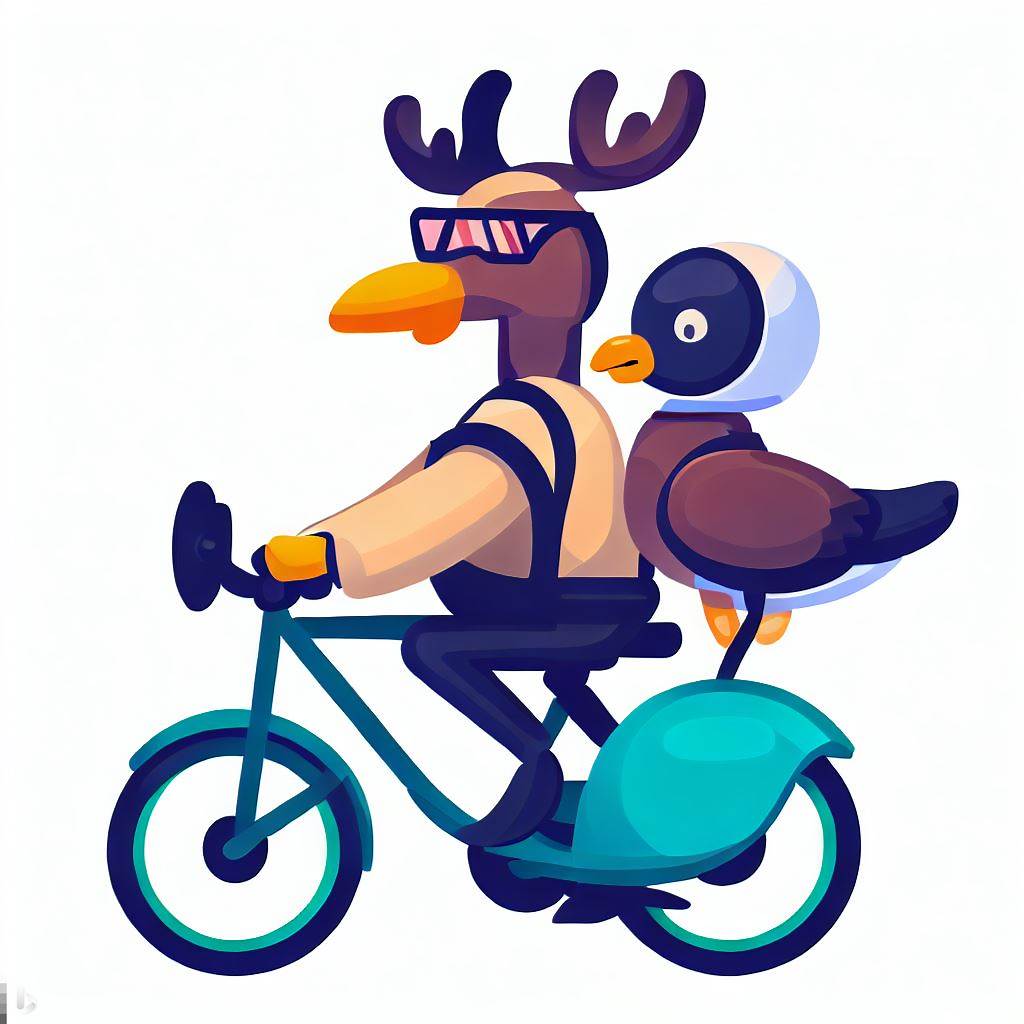Summary
A new H5N1 bird flu variant has become “endemic in cows,” with cases detected in Nevada and Arizona, raising concerns about human transmission.
Experts warn that without intervention, the outbreak will continue, but Trump has cut CDC staff and halted flu vaccination campaigns.
The virus’s spread coincides with a severe flu season, increasing the risk of mutation.
The administration has also stopped sharing flu data with the WHO and shifted its containment strategy away from culling infected poultry, raising fears of inadequate response.



It’s mostly corn.
Granted, it’s not processed in a way to be fit for human consumption.
But still, most of it is corn. Some of it is corn cobs and stalks but most of it is kernels.
Outside of that, other grains are very common. Oats for example.
So, they are right. Raising plants to feed animals so we can eat the animals is less efficient than raising plants for us to eat. Especially in regards to cattle. Which is one of the most inefficient things in the US food system. The only reason it’s so cheap is because of subsidation, both of the cattle and the corn that’s grown to feed them.
And countries much larger than our own survive on rice and beans just fine. As queerminest eluded to in her comment.
As far as local food, I have a co-op. So I buy local vegetables and fruits when I can.
if that were the situation, you might be right. but since we actually feed livestock mostly crop seconds and byproducts, it’s actually a conservation of resources in a lot of situations, with minimal competition with human food sources
https://www.sciencedirect.com/science/article/abs/pii/S2211912416300013
https://www.pnas.org/doi/abs/10.1073/pnas.1713820115
your shepon paper shows a great deal of spinach being fed to chickens. why would it be fed to chickens if it were suitable for human consumption? I don’t actually know, but my guess is that it is not suitable for human consumption, and that is why it is fed to chickens. that’s a conservation of resources. the potatoes fed to cattle are likely the same.
this paper doesn’t discuss this discrepancy at all. I have to say I don’t find the analysis very compelling.